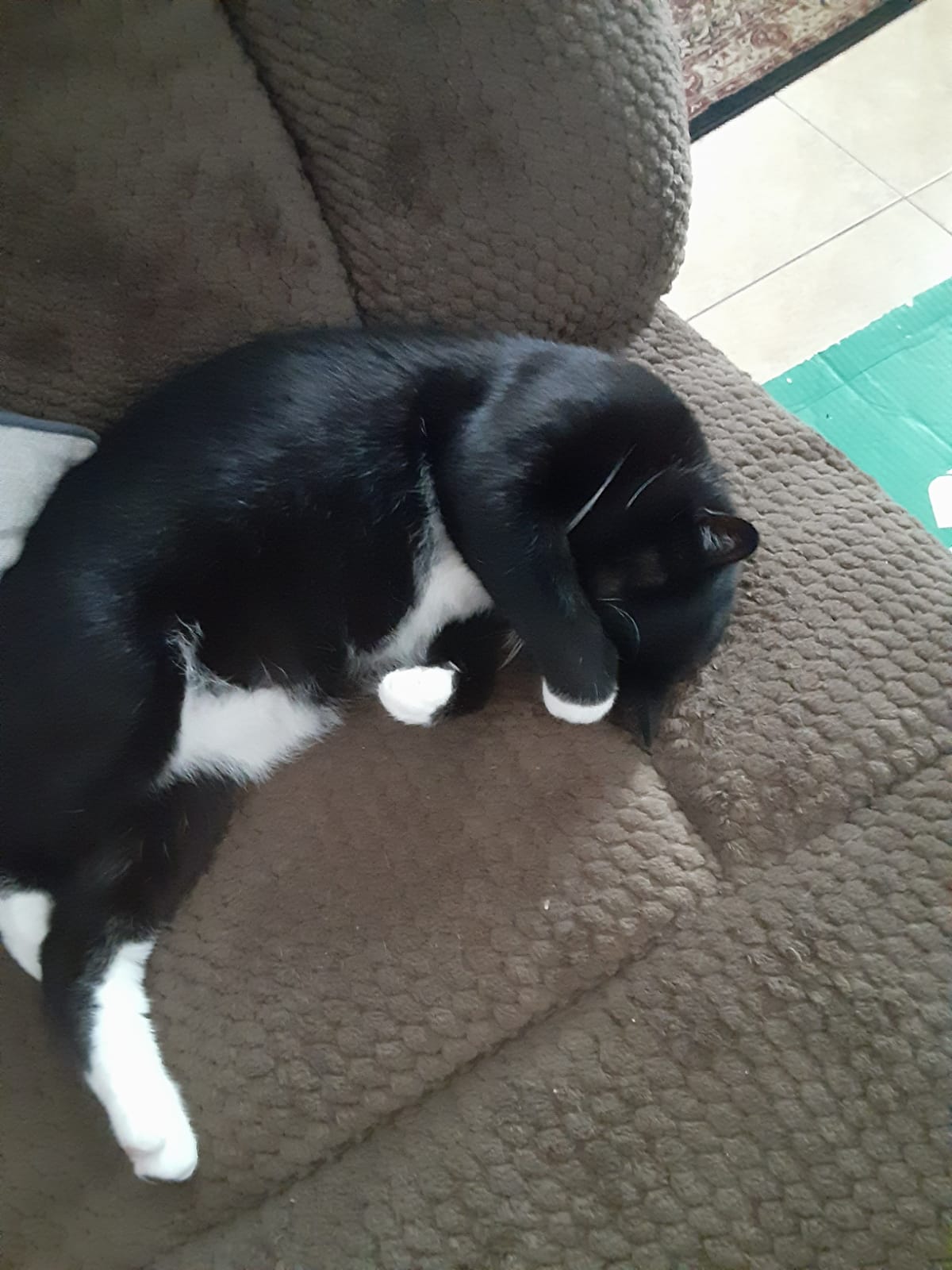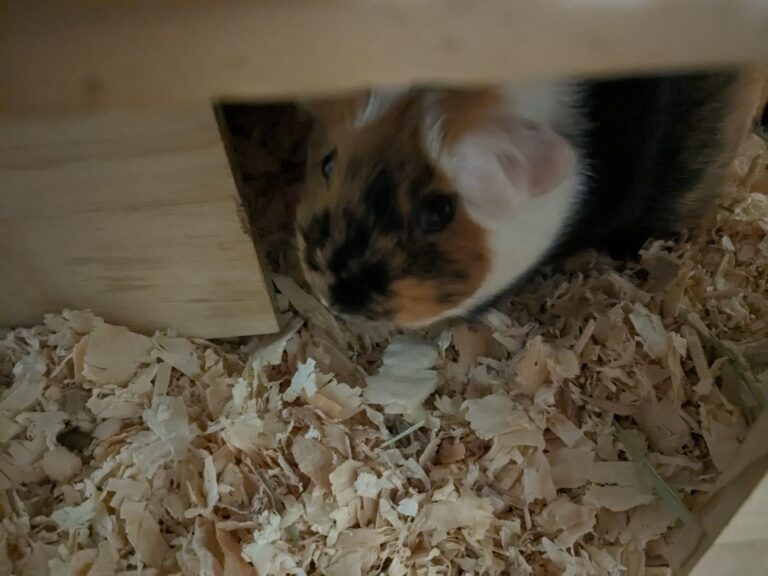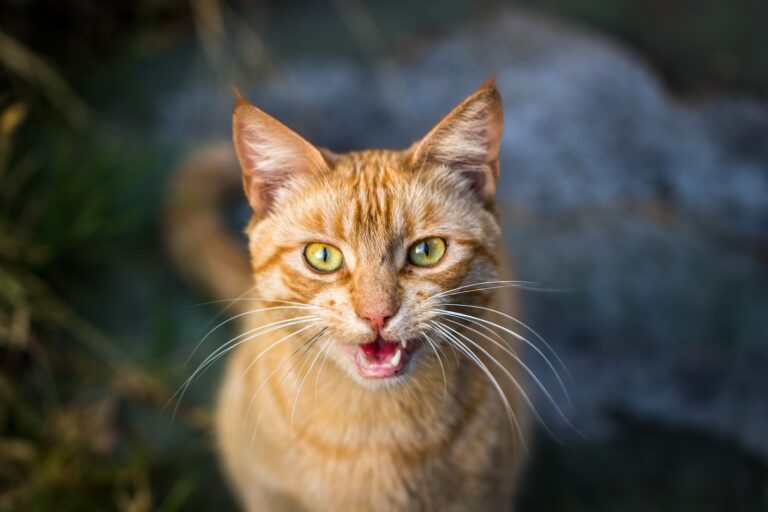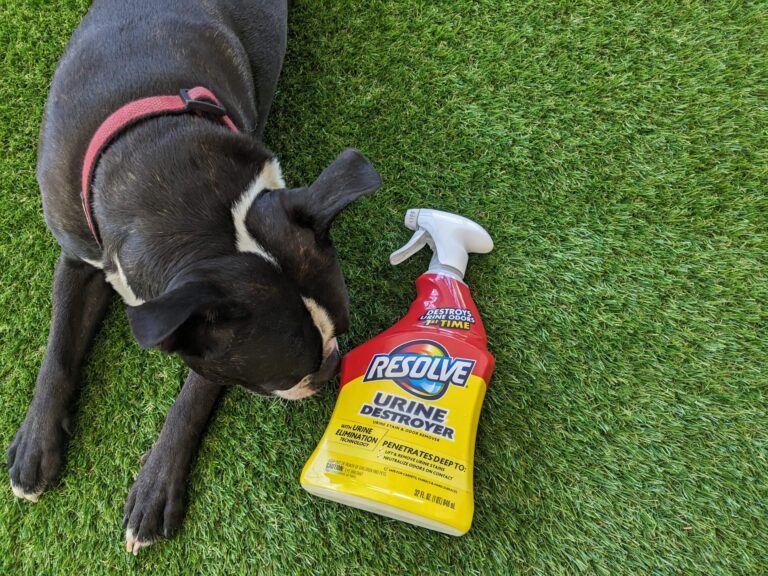The Feline Language Conundrum: To Baby Talk or Not to Baby Talk to your cats
Ah, the age-old spectacle of pet owners engaging in linguistic acrobatics with their feline friends. We’ve all witnessed it – grown adults cooing and gushing at their cats, using a language that wouldn’t be out of place in a nursery. But wait, is this really the way to go? Do cats truly appreciate our attempts at baby talk, or are we just amusing ourselves? Let’s embark on a scientific quest to uncover the purrplexing truth behind feline communication!
The Kitty Coo
Picture this: You stroll into a room, and there’s Fluffy, perched regally on the windowsill. You can’t resist the urge to utter those familiar “boo boo boos” and “dee dee dees.” But here’s the thing – cats aren’t babies, they’re incredibly astute creatures. While they may not parse our words in the same way we do, they’re masters at reading tone, pitch, and rhythm.

When we adopt a sing-song, affectionate tone with our feline friends, we’re actually conveying feelings of warmth, comfort, and affection. So yes, in a roundabout way, we’re telling Fluffy we adore them! It’s like sending love letters through soundwaves.
The Fur-nomenon of Clear Communication
Indulging in your newfound talent for feline linguistics is undoubtedly entertaining, it’s vital to strike a balance. Amidst the melodious serenades, let’s not forget the importance of clear and effective communication.
Cats, with their enigmatic and self-reliant disposition, are creatures that find solace in routines. They flourish in the comfort of predictability, thriving on structured habits. Surprisingly, like any dutiful pet, they hold a fondness for clear-cut commands. Introducing them to cues like “sit,” “stay,” or “come” taps into their impressive cognitive prowess, providing their sharp minds with a stimulating workout. This linguistic training transcends mere mental exercise; it sets the groundwork for a well-disciplined and contented furball. Imagine a cat that not only comprehends but eagerly responds to your directives—a harmonious partnership that swells any pet owner’s heart with pride. By incorporating these essential words into their repertoire, you’re fostering a sense of harmony and cooperation that profoundly enhances their overall well-being.
While the alluring call of baby talk may beckon, remember that a structured communication style is the key to unlocking your cat’s full potential. With a balanced approach, you’ll soon find yourself in the company of a joyful, well-mannered, and intellectually engaged feline companion. It’s a win-win situation, benefiting both you and your whiskered confidant. Now, effective communication with our feline friends doesn’t require the skills of an ancient scroll decipherer or a master of secret cat hieroglyphics. Instead, it demands a delicate touch of feline intuition and finesse.
Begin by keenly observing their body language. Cats are eloquent communicators through non-verbal cues. The swish of a tail, the tilt of their ears, even the dilation of their pupils—all are subtle hints to their current emotions and temperament. Next, establish a dependable routine. Cats revel in the predictability and comfort of a well-structured day. Whether it’s meal times, play sessions, or serene moments of companionship, maintaining a consistent schedule provides them with a reassuring framework for their daily life. Now, consider your tone. While the notion of full-blown baby talk has been set aside, it’s still vital to maintain a gentle, soothing voice. Think of it as conversing in dulcet tones—a melody that consoles and reassures them.
Physical touch also carries great significance. Light strokes, chin caresses, and the occasional gentle head bump are all ways to convey affection and nurture trust. However, always be attuned to their cues. If they draw back or display signs of discomfort, respect their boundaries. Lastly, introduce commands and cues. Simple words like “sit,” “stay,” or “come” prove invaluable in training and cultivating a sense of collaboration. Remember, consistency is the linchpin. Reinforce positive behavior with praise, and if treats motivate them, a delectable reward is always appreciated.
Finding the Paw-fect Balance with Cats
Ah, the age-old question: How to strike the purrfect balance in communicating with our discerning feline companions? It’s a delicate dance, my fellow feline enthusiasts. On one hand, feel free to unleash your inner Shakespeare, serenading your kitty with sweet nothings that would make even the Bard himself proud. Yet, don’t be shy to don your professorial cap, especially when it’s time to give out some well-deserved instructions.
You see, our feline friends are connoisseurs of subtlety. They possess a keen ability to convey their preferences through nuanced cues. Are they reveling in the melodic cadence of your lullabies, their purrs harmonizing in delight? Or are they gazing at you with the studied expression of a seasoned PhD candidate, who, let’s be honest, may have had their fill of lectures for the day? It’s all about attuning yourself to their unique language. Observe their body language, listen for the rhythmic melodies of their purrs, and interpret the nuances of their gaze. These are the clues that reveal their feelings and preferences in the grand feline-human symphony of communication.
So, fellow cat whisperers, remember to wear both your poetic and academic hats, adapting your approach to match the moment. With this astute attention to detail, you’ll find yourself in a harmonious feline duet, where your cat’s cues and your own affectionate gestures blend seamlessly. This, my dear friends, is the true art of connecting with our feline confidants! In the grand tapestry of feline-human interaction, there’s room for both whimsy and wisdom. So go forth, dear pet owners, and communicate with your cats in a way that’s as unique and purrsonal as they are. Who knows, you might just unlock the secrets of the ultimate cat-human language blend – the purrfect dialect, if you will!






